Introduction
Brno University of Technology (Vysoké učení technické v Brně, abbreviated as VUT) is a well-known public technical university in the Czech Republic. It is located in Brno, the second largest city in the Czech Republic, and is also one of the largest universities in the Czech Republic.
Overview
Number of students and faculty: In 2024, the school has a total of 16,848 students, of which 67% are undergraduates and 33% are postgraduates. There are 4,395 international students and 1,685 faculty members.
Course settings: The school offers 295 study programs, 89 of which are foreign language certified, covering a variety of subject areas such as technology, natural sciences, economics and art, including undergraduate, master and doctoral degree programs.
History
Founding background: In the early 18th century, the Jesuits controlled education at the University of Olomouc, and their focus on theology and philosophy was not welcomed by the Moravian nobles. In 1679, the nobles began legal education at the University of Olomouc. In 1725, the Olomouc Academy of Nobles was established, teaching law, economics, mathematics, geometry and other subjects. In 1847, the academy moved to Brno and became the foundation of the later Brno University of Technology.
Development history: In September 1899, Franz Joseph I signed a decree to establish the Imperial Czech Technical University in Brno, which initially had only 4 professors and 47 students and only offered civil engineering courses. In 1900, courses in mechanical engineering and other fields began to be taught. After World War I, architecture could be studied, and in 1911 it moved to a new building. It underwent several name changes and changes during the two world wars. In 1956, it gradually resumed its current name and basically formed its current scale in 1961. After 1989, it adjusted and established new departments.
School Strength
Faculty: It has 1,685 faculty members, including 89% domestic faculty members and 11% international faculty members. They have rich teaching and research experience in their respective professional fields and provide students with high-quality education and guidance.
Scientific Research Achievements: The school's scientific research activities are closely coordinated with domestic and international projects, programs, grants and research centers, and have cooperated with many well-known companies such as IBM, FEI, Honeywell, Bosch, Siemens, Škoda Auto The university has long-term cooperation with other institutions, jointly carried out scientific research projects, promoted technological innovation and transformation of scientific and technological achievements, and achieved a series of important scientific research results in the fields of engineering technology, natural sciences, etc.
Nature of the institution
Public university.
Educational philosophy
Focus on cultivating students' practical ability and innovative spirit, emphasize the close integration of teaching and scientific research, and provide students with rich practical opportunities through cooperation with enterprises and research institutions, so that students can gain practical work experience during their studies and improve their employment competitiveness. It is committed to cultivating professionals with international vision and social responsibility to adapt to the ever-changing social and economic needs.
Key laboratories and disciplines
Key laboratories: The school has a number of advanced scientific research laboratories and is part of the Central European Institute of Technology, IT4Innovations and other centers of excellence. These laboratories provide good scientific research conditions for researchers and students, and support research in cutting-edge fields such as environmental protection technology, IT and communication technology, aerospace engineering, and materials engineering.
Key disciplines: Civil engineering, mechanical engineering, electrical engineering and communication, information technology, chemistry, architecture, business and management, fine arts and other disciplines are strong, among which the mechanical engineering discipline ranks 201-250 in the world in the QS World University Rankings. It also has strong scientific research strength in the fields of electronic engineering, computer, information and other disciplines.
Department
The school has 8 colleges and 3 university research institutes, as follows:
School of Civil Engineering: Provides education and research in civil engineering related majors.
School of Mechanical Engineering: Covers majors such as mechanical engineering.
School of Chemistry: Includes majors such as material chemistry, pharmaceutical chemistry, food chemistry, and environmental protection chemistry.
School of Architecture: Has majors such as architecture and urban planning.
School of Business: Focuses on majors such as economic value and evaluation, real estate evaluation, etc.
School of Electrical Engineering and Communications: Includes majors such as electronic engineering and communications.
School of Fine Arts: Provides education in art-related majors.
School of Information Technology: Includes majors such as computer networks, printed circuits and biometrics.
Ranking
2022 QS Emerging Europe and Central Asia Ranking: 23rd.
2025 QS World University Ranking: 611-620.
Fees
Tuition fees: Tuition fees for undergraduate and master's programs are generally around 3,000 euros per semester.
Accommodation fees: The cost of school dormitories is about 170 euros per month, and the rooms are equipped with high-speed Internet.
Campus
Campus distribution: The main campus is located at the foot of Palackého vrcha Mountain in the north of Brno. Most of the colleges and teaching buildings are concentrated here. The School of Information Technology is located in a former Carthusian monastery on Božetěchova Street.
Teaching facilities: The school has modern teaching facilities, including laboratories, libraries, computer centers, etc. 9 libraries can provide a large number of English reference materials to facilitate students' study and research.
Culture and life: There are organizations such as the International Student Club on campus, which hold various cultural activities such as welcome week and concerts to enrich students' extracurricular life. The school also has Olympic-standard sports facilities, including stadiums, etc., providing students with a wide range of sports activities, most of which are free for students.
-

The University of J. E. Purkyne in Ústí nad Labem
-
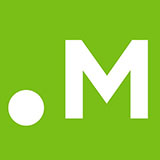
Mendel University in Brno
-

Charles University
-

University of South Bohemia in Ceské Budejovice
-

Czech University of Life Sciences in Prague
-

Technical University of Liberec
-

Brno University of Technology
-

Metropolitan University Prague
-

Czech Technical University in Prague
-

Palacky University, Olomouc
-

Mesoamerican University
-

Istmo University
-
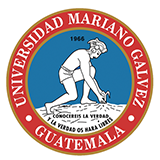
Mariano Galvez University of Guatemala
-
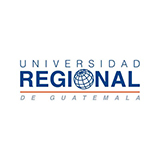
Regional University of Guatemala
-
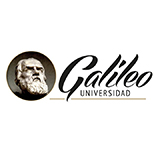
Galileo University
-
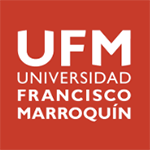
Francisco Marroquín University
-

Rafael Landívar University
-
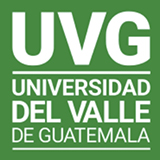
University of the Valley of Guatemala
-
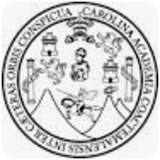
University of San Carlos of Guatemala
-

Technological Institute of Tlaxcala Plateau
-

Golfo University
-
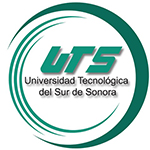
Technological University of South Sonora
-
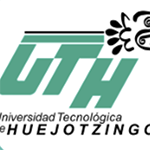
Technological University of Huejotzingo
-
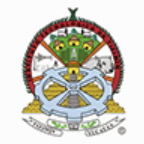
Tizimín Institute of Technology
-
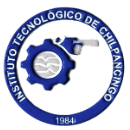
Chilpancingo Institute of Technology
